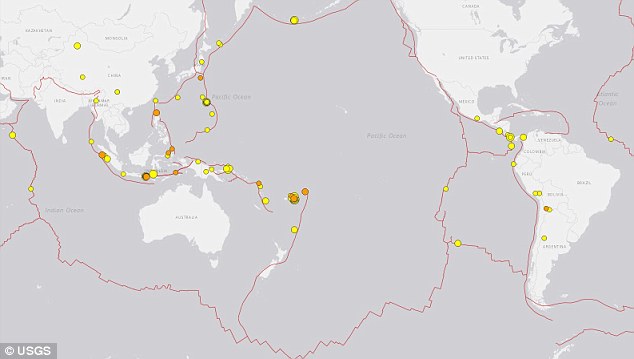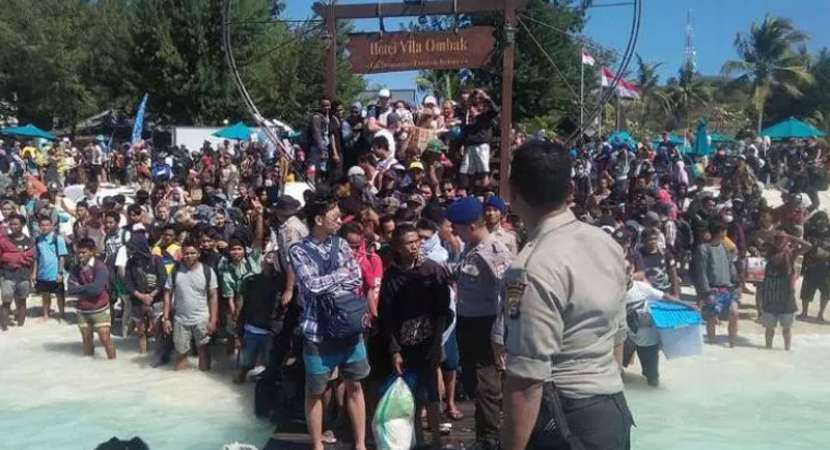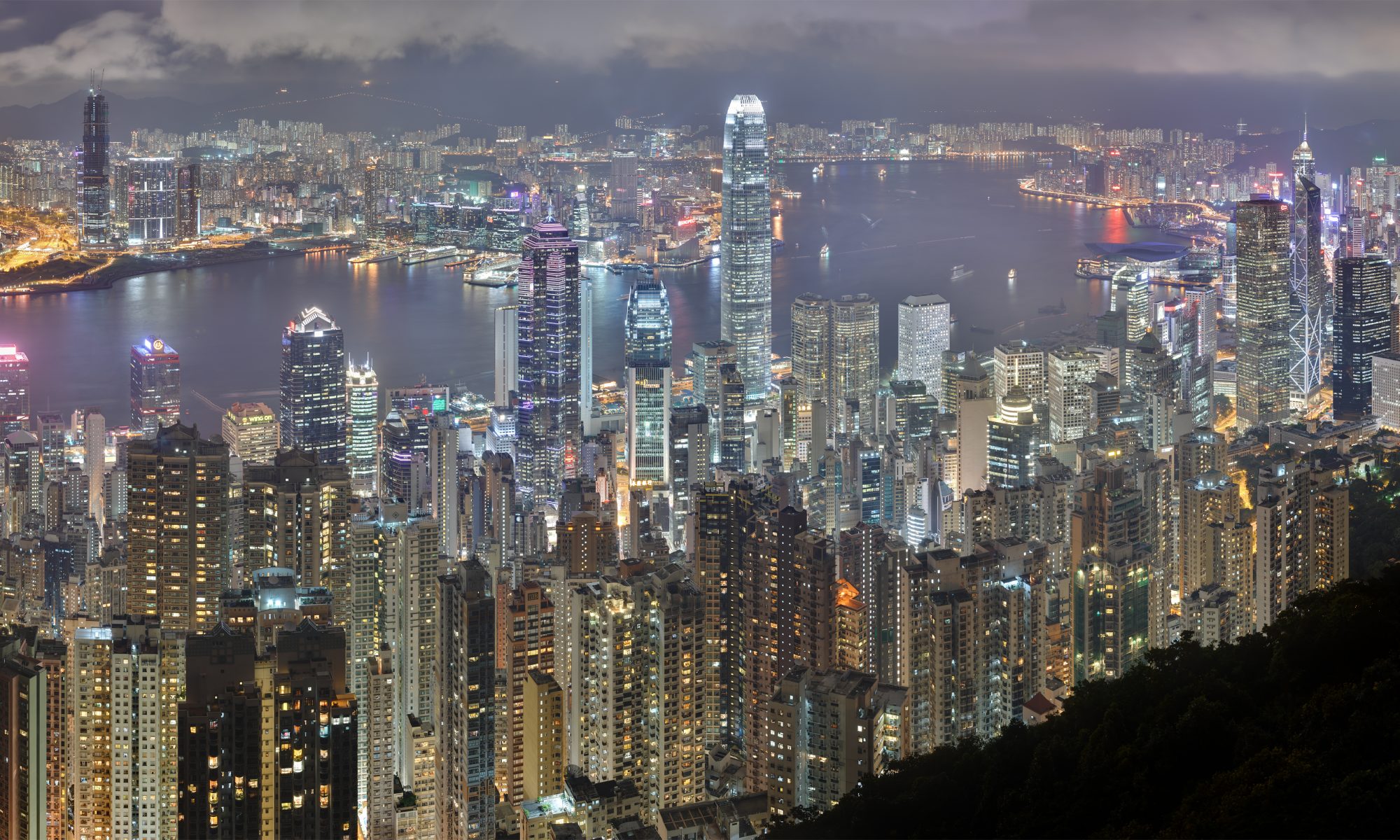How Many People Live Around The Pacific Rim Of Fire? And Why It Matters!
Volcanoes, Earthquakes and Tsunamis
The Pacific Ring of Fire is a string of volcanoes and sites of seismic activity around the edges of the Pacific Ocean. The tectonic activity along the Ring of Fire results in about 90% of the world’s earthquakes, including the Valdivia Earthquake of Chile in 1960, the strongest ever recorded earthquake at 9.5 out of 10 on the Richter Scales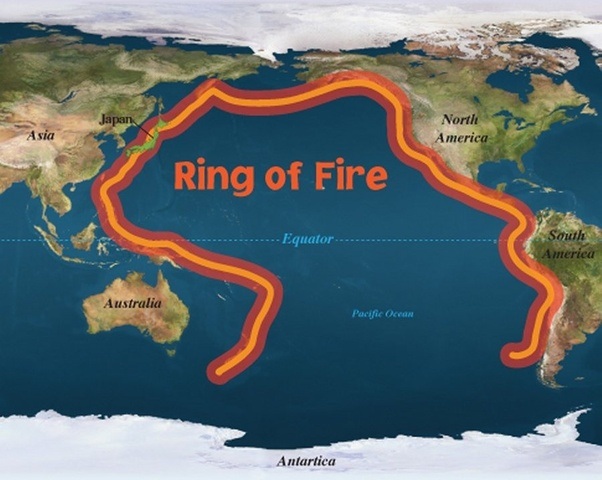 The Ring of Fire is also where an estimated 75% of the planet’s volcanoes are located, such as Mount Tambora of Indonesia, which erupted in 1815 and became the largest volcanic eruption in recorded history.
All but three of the world’s 25 largest volcanic eruption of the last 11,700 years occurred at volcanoes in the Ring of Fire
The Ring of Fire is also where an estimated 75% of the planet’s volcanoes are located, such as Mount Tambora of Indonesia, which erupted in 1815 and became the largest volcanic eruption in recorded history.
All but three of the world’s 25 largest volcanic eruption of the last 11,700 years occurred at volcanoes in the Ring of Fire
Probably a good place to stay away from, right??
The problem is that some of most densely populated countries and cities on earth sit directly on the Ring of Fire. Lima, Quito and Santiago in South America. San Diego, Los Angeles and San Francisco in North America. Then you have whole countries with large, dense populations that are situated on the Ring of Fire. Japan (127m people), Philippines (103m people) and Indonesia (267m people). The volcanoes in Indonesia are among the most active of the Pacific Ring of Fire – and there are lots of them!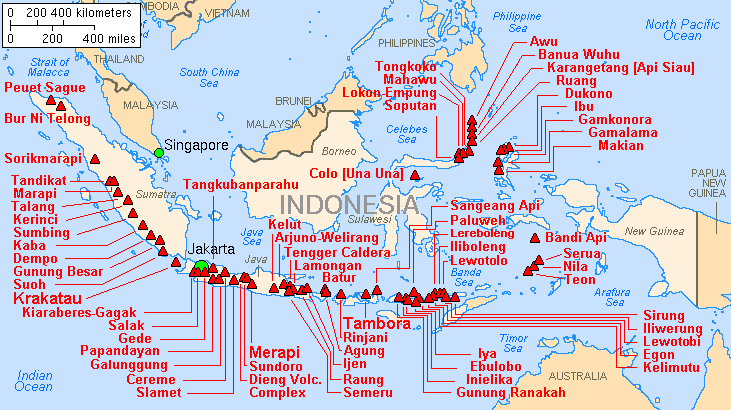
Lombok August 2018
Recent events have reminded us of just how vulnerable Indonesia is, when a magnitude 6.9 earthquake hit Lombok on 5 August 2018. In the following days, a number of powerful aftershocks have hit the same region – one measuring 5.9 magnitude on 9 Augusts. At the time of writing, 436 people have been confirmed killed and up to 350,000 have been displaced or directly effected by the earthquakes. The vast number of people that are living on the Pacific Ring of Fire meant that further incidents will continue to occur. Whilst the frequency of volcanic and earthquake events does not seem to have increased over recent centuries, the population explosion in the region means that the effects of these events are becoming increasingly severe. According to the Red Cross, aid groups are struggling to reach the epicentre of the Lombok earthquake, located in the northern, more residential part of the island. Their path is blocked by heavy debris, damaged jungle roads and the risk of further landslides. So if we cannot prevent or reduce the regularity of such events, and we cannot reduce the population in the direct vicinity, then all we are left with is the ability to improve our reaction and capability after the events.Multi Person Helicopter Rescue
Multi Person Helicopter Rescue may offer little to tackle the cause of the volcanoes, earthquakes and tsunami events, but as we have seen in Indonesia recently, the misery, suffering and loss of life continues long after the tremors have ceased. Multi Person Helicopter Rescue can fly food, water and medical supplies in to cut-off areas, and then fly injured or trapped personnel out in the same Heli-Basket; making rescue efforts more effective and efficient. Hell-Baskets can be fitted out to become self contained water filtration units and generators and can be dropped by helicopters and running operationally in seconds. Helicopters are already being used in the rescue effort; with the right equipment, training and forward planning, they could be so much more effective in limiting the life threatening situations that exist long after the actual disaster event occurs.https://www.integralrisk.global
How Many High Rise Buildings are there in the world?
How Many High Rise Buildings are there in the world?
Integral Risk Global
With the continued shift towards urbanisation – particularly in developing countries and economies, cities are being ever more squeezed for space. In order to overcome the increasing demand for office and residential units, and as land prices continue to increase, cities and developers are building more and more high rise buildings to heights that previously seemed unimaginable.
Quite how you define a high rise building is subjective, but for the purposes for this article, I have included buildings above 100m (328′).
We know that conventional fire fighting equipment (ladders and hoses) are able to reach around about 7 floors (approx 30m), but frankly, trying to identify the number of buildings above 30m is impossible – there are tens of thousands of them!
According to Wiki, If we only include cities with 10 or more, there are 22,791 skyscrapers over 100m around the world! 3 cities – Hong Kong, Shanghai and Shenzhen (all in China), have 5,650 alone!
How many of those cities (or individual building owners) do we think, have a coherent rescue plan for the evacuation of multiple personnel and casualties in the event of an emergency where fire escapes are blocked, filled with smoke or are unusable for any number of reasons?
I don’t know the answer, but I would be quite confident in guessing that few, if any, know how they would carry out a high rise evacuation of multiple personnel who are trapped above the level of a fire or major incident.
Multi Person Helicopter Rescue isn’t the only solution, but it’s one that has been proven to work. In 1993 – 8 years before the 9/11 terrorist attacks, 28 people were rescued from the rooftop of the WTC after a terrorist bomb had been detonated in the parking garage beneath the towers.
Fast forward 8 years, and we know that several helicopters were flying around the top of the WTC after the 9/11 terror attacks before the towers fell.
So we know that roof top helicopter rescues can work in high rise building evacuations – in fact, they’re likely the only realistic option when internal escape routes are inaccessible. Yet few, if any cities have considered the option.
Multi Person Helicopter Rescue from high rise building emergencies is not feasible in every emergency situation. The Grenfell Tower fire in London in June 2017 is one example where the fire was largely fuelled by external cladding and so spread very rapidly engulfing the upper floors and roof top area. Multi Person Helicopter Rescue from the roof top area would not have been possible in that example. However, in many cases it is!
It is becoming more politically and socially unacceptable for lives to be lost when solutions that could have saved lives already exist.
With over 23,000 high rise buildings above 100m in height around the world, forward thinking risk mitigation and planning is more important than ever.
Multi Person Helicopter Rescue is one such solution.
